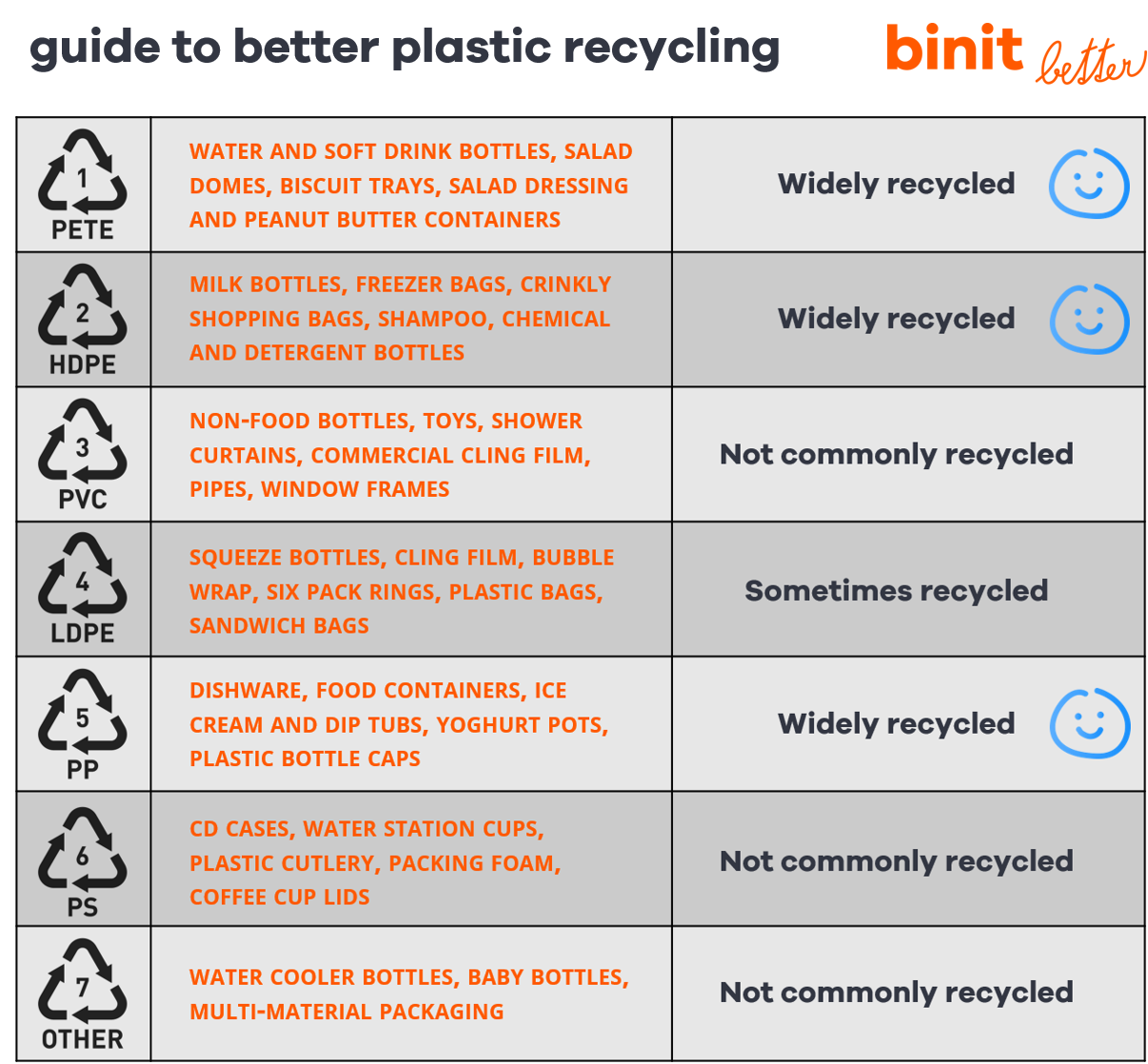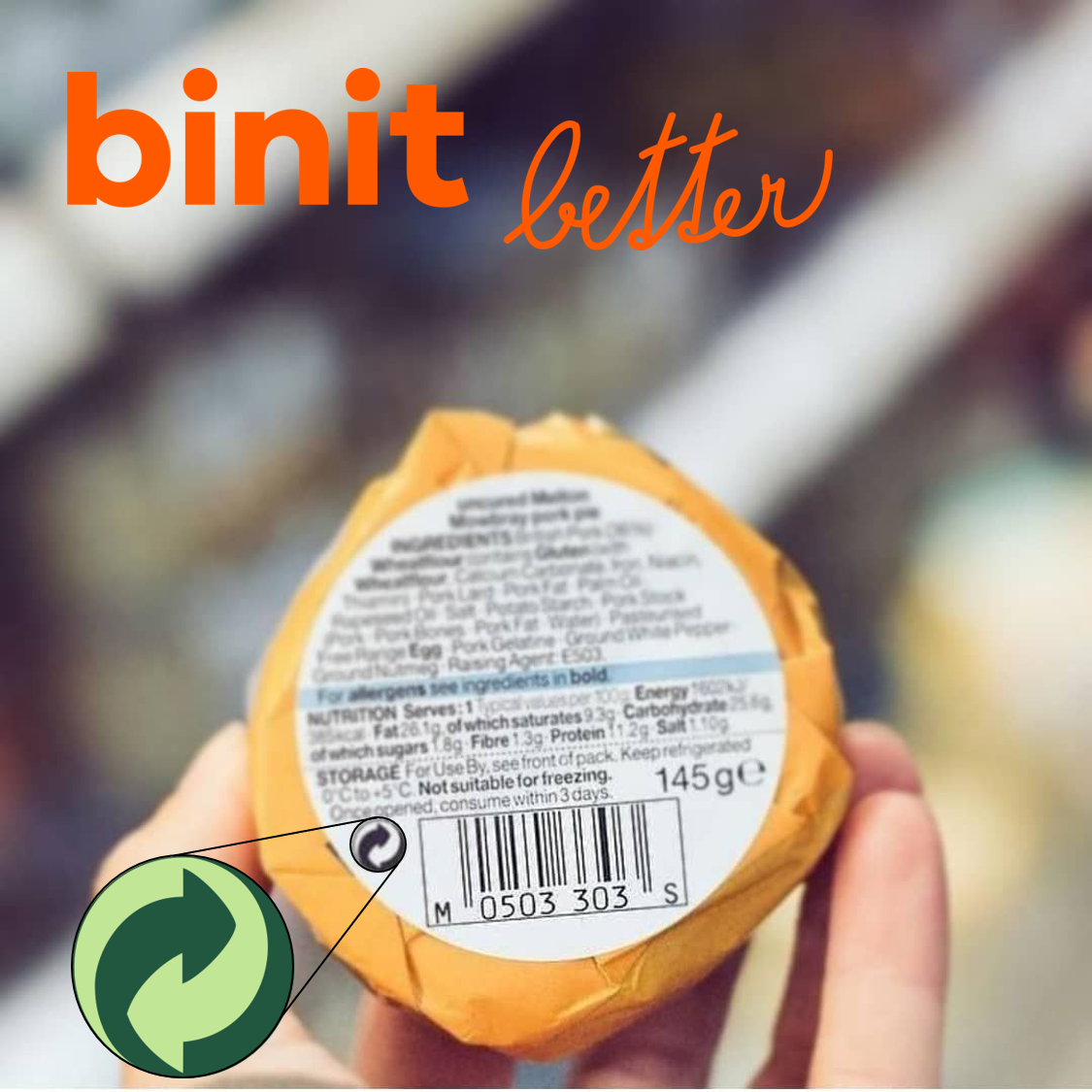We know that recycling can be confusing, so we collected some of the most common areas that can be easily fixed. If you want to up your recycling game, read on!
1. confusing coffee cups
You’re about to have your daily dose of caffeine at a coffee shop but realise you forgot to bring your reusable cup. Never mind, you’ll have it in a takeaway coffee cup and then put it in the recycling bin. That way it won’t harm the planet, right? Well, let us tell you something.
Despite your hardest efforts to recycle, most regular takeaway coffee cups end up in landfill. Landfill decomposes anaerobically (without oxygen) and produces methane. Methane is 30 times more potent than carbon dioxide. This is because hot drinks are typically served in paper cups with a thin inner plastic lining that prevents leaking. Unlike cups made of PET or polypropylene (PP) that are widely recycled in the UK, these tricky ‘paper’ cups can only be recycled at two specialist facilities in the country.
Sadly, only two specialist recycling plants have the capacity to process all discarded cups. Most cups do not make it to these facilities. As single-use cups are usually used on-the-go and there are not enough recycling bins for coffee cups, customers are likely to throw them in the general recycling bin where it could contaminate other recyclable materials.
So please just try and remember to have your reusable cup with you at all times!
2. countless different types of plastic

You probably recognise these triangles as they’re widely used on plastic products as a means to identify the type of plastic resin used in the item. They’re usually displayed in an inconspicuous location at the bottom of plastic containers. The number (‘Resin Identification Code’) in the middle of the triangle defines the resin used. This should help identify whether the item can go into the recycling bin. This seems quite straightforward, right?
Well, there are a few things to bear in mind here. Firstly, a lot of products are made of several different materials, often various types of plastic. These need to be separated before being processed for recycling. However, the greater number of materials used in packaging, the harder it is for recycling machines to separate them. For example, the distinctive Pringles tube is made of a metal base, plastic cap, metal tear-off lid, and foil-lined cardboard sleeve. This makes it a nightmare in the recycling world.
Secondly, curbside recycling programmes vary by location. Our infographic below should be a good starting point when it comes to recycling plastics. It’s always good to check with your local authority to confirm which plastics are recycled in your area! If you’ve got a product or packaging made of PET, HDPE or PP, you can be fairly certain that it will be recycled no matter where you’re located in the UK. But if you’ve got any other type of plastic item, it’s important that you check whether it’s recycled in your area.
You can find out what you can recycle at home or in your local area with this Recycling Locator. If you’re an Exeter resident, you can also visit Exeter City Council’s website for more information.

3. the recycling logo that doesn’t mean recycling!
Surely, you’ve come across this little symbol here that appears on packaging and looks like something to do with recycling. It’s called the Green Dot. While it does correspond to recycling to some extent, it has essentially nothing to do with whether the product is recyclable, will be recycled or has been recycled. It’s a symbol used on packaging in some European countries and signifies that the producer has made a financial contribution towards the recovery and recycling of packaging in Europe.

4. compostables that aren’t so easy to compost
While most of us are desperately searching for non-plastic alternatives, we often come across compostable products. While they’re certainly more eco-friendly and far better for your ecological footprint than plastic, they’re rather tricky to recycle.
It’s best to put them in your home composter if you have one but if you don’t, please check with your local council or waste management provider for more information. If put in the wrong bin, compostable products could contaminate other potentially recyclable materials.
The most responsible thing to do is to reduce your overall consumption and reuse items! As for non-plastic alternatives, we vote for stainless steel, glass or bamboo!
Check out our previous blog post to find out more about compostables!
5. the dreaded black plastic
You know those black plastic trays that make that slice of steak look so appealing?
Dark plastic is used to present many foods because it makes colourful foods stand out. However, after the infamous Pringles tube, it’s probably the next worst thing that can enter a recycling plant.
When plastic packaging goes into the recycling facility it’s sorted into different types of plastics using Near-infrared (NIR) technology. Black plastic is difficult for the NIR lasers to spot and therefore it is generally not sorted for recycling. A new special type of black plastic that can be detected by lasers is starting to be used and one waste management company in the UK is manually sorting black plastic for recycling.
Unfortunately, lots of recycling facilities are currently unable to sort black plastic so the best thing to do is to avoid it overall!

